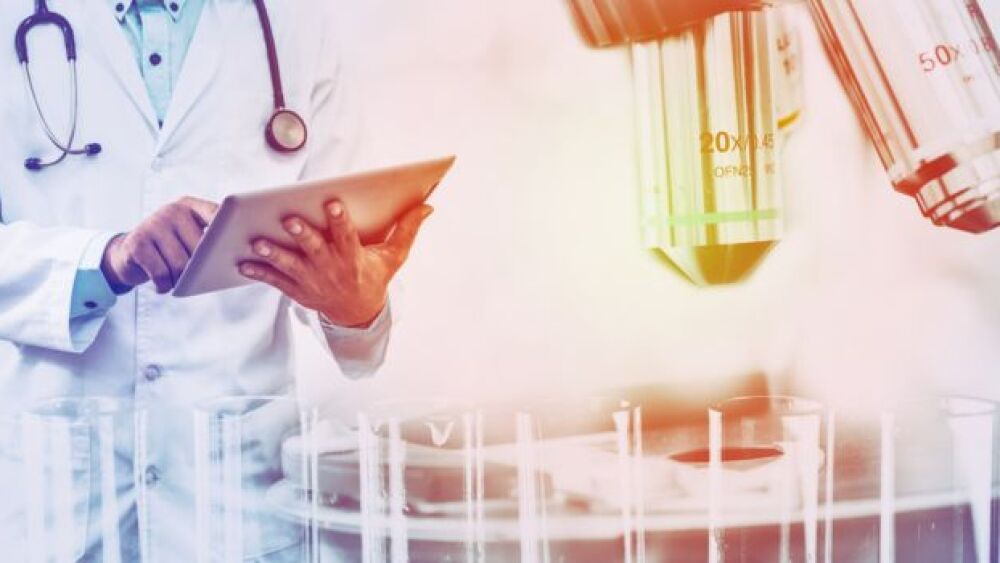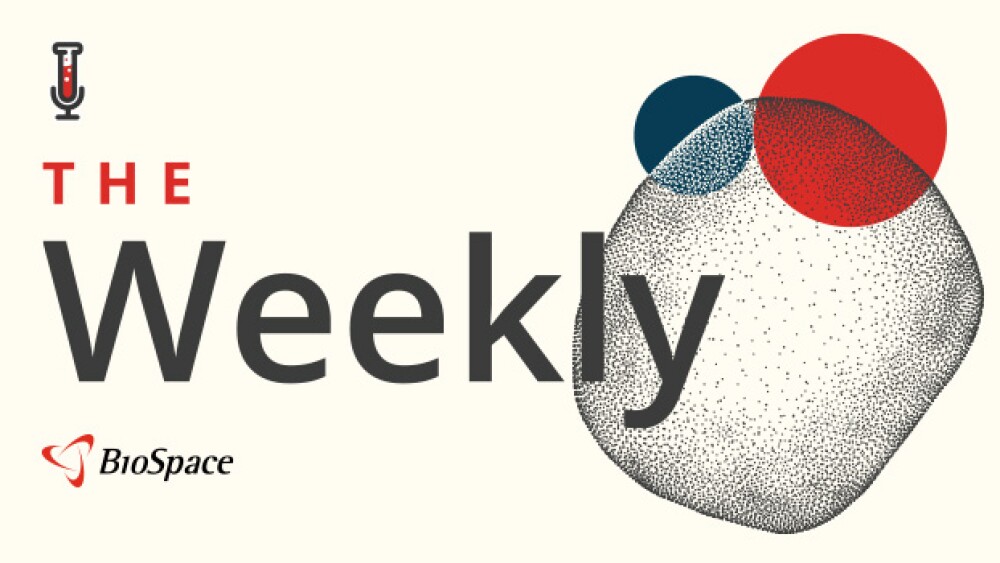In an eight-week study, Biostrap Labs, the research division of the progressive digital health company Biostrap, found that short-term effects of the BioLight low-level light therapy (LLLT) reduced physiological stress, perceived musculoskeletal pain and muscle soreness of participants indicating long-term effects on health and performance.
|
LOS ANGELES, Dec. 8, 2021 /PRNewswire/ -- In an eight-week study, Biostrap Labs, the research division of the progressive digital health company Biostrap, found that short-term effects of the BioLight low-level light therapy (LLLT) reduced physiological stress, perceived musculoskeletal pain and muscle soreness of participants indicating long-term effects on health and performance. Data analysis revealed dramatic changes in heart rate variability (HRV), high-frequency HRV and decreased stress index.
The benefits of LLLT have been investigated in a number of studies over the past decade for a myriad of health conditions. However, the underlying physiological mechanisms leading to those results have not been thoroughly investigated. This Biostrap Labs study was able to gain such valuable insights. "I am extremely excited and proud that BioLight has become the first LED panel red light therapy company to conduct scientific research and validate its products," said Dr. Mike Belkowski, CEO and Founder of BioLight. "It not only substantiates the efficacy and safety of BioLight products, but also demonstrates that, as a company, we care deeply about presenting cutting-edge, objective information and also moving the photobiomodulation research forward as a whole," he added. LLLT has been shown to affect the mitochondria, specifically through oxidative stress and inflammatory signaling, which may have an effect on endothelial function allowing better blood flow regulation to tissues as well as vascular remodeling and growth. Hence, LLLT may enhance cardiovascular function through a dynamic set of changes related to mitochondrial, inflammatory and oxidative stress effects. This study aimed to provide objective and self-reported evidence of acute and longitudinal physiological effects of red and near-infrared LLLT in a population of 25 apparently healthy participants who experience low-to-moderate ultraviolet exposure and physical activity levels. "Although countless studies have validated the efficacy of LLLT in eliciting therapeutic effects, few to none have examined the underlying physiological mechanism that explains the seemingly ubiquitous benefits," said Kevin Longoria, Chief Science Officer at Biostrap. "This study revealed the acute impact of LLLT on heart rate variability, and specifically efferent parasympathetic activity via high-frequency power, providing valuable insight to support future research and the development of targeted therapeutic protocols." While additional research into daily regimens should be conducted to optimize the 'dose' administered to the user, the most notable benefits of the BioLight LLLT was seen in the body's acute response to as little as 10 minutes of exposure in the morning and evening. To measure how the human physiology would respond to LLLT, utilizing the Biostrap wrist-worn biosensor, participants performed a manual biometric pulse report immediately prior and after completing their LLLT session. Additionally, participants wore the Biostrap every night to monitor their sleep and nocturnal biometrics. Data analysis revealed dramatic changes (p < 0.05) in heart rate variability (HRV) root-mean-square of successive differences (RMSSD), high-frequency HRV and decreased stress index. A notable increase (p = 0.07) in low-frequency HRV was also observed. Longitudinal metrics including deep sleep duration were also affected, and participants reported decreased musculoskeletal pain and training-related soreness throughout the study duration. "I have high respect for Biostrap as a company in the biometric wearables space and the validation they have for their own products," Dr. Belkowski said, noting that Biostrap "had many other prominent companies that had conducted research with them, which gave me confidence in having BioLight complete research with them as well." About BioLight About Biostrap For more information about Biostrap, visit www.biostrap.com Media Contact:
SOURCE Biostrap |





